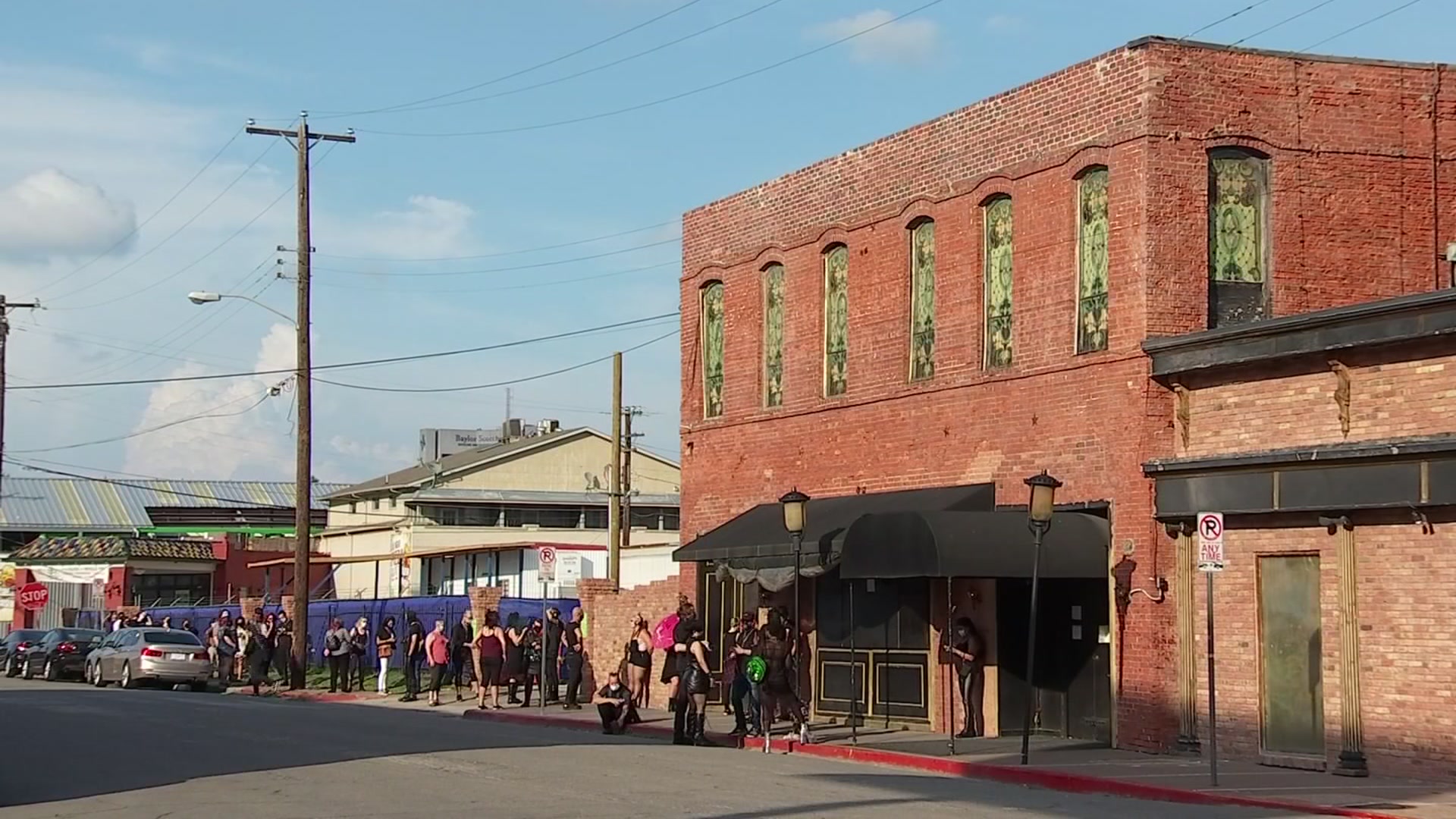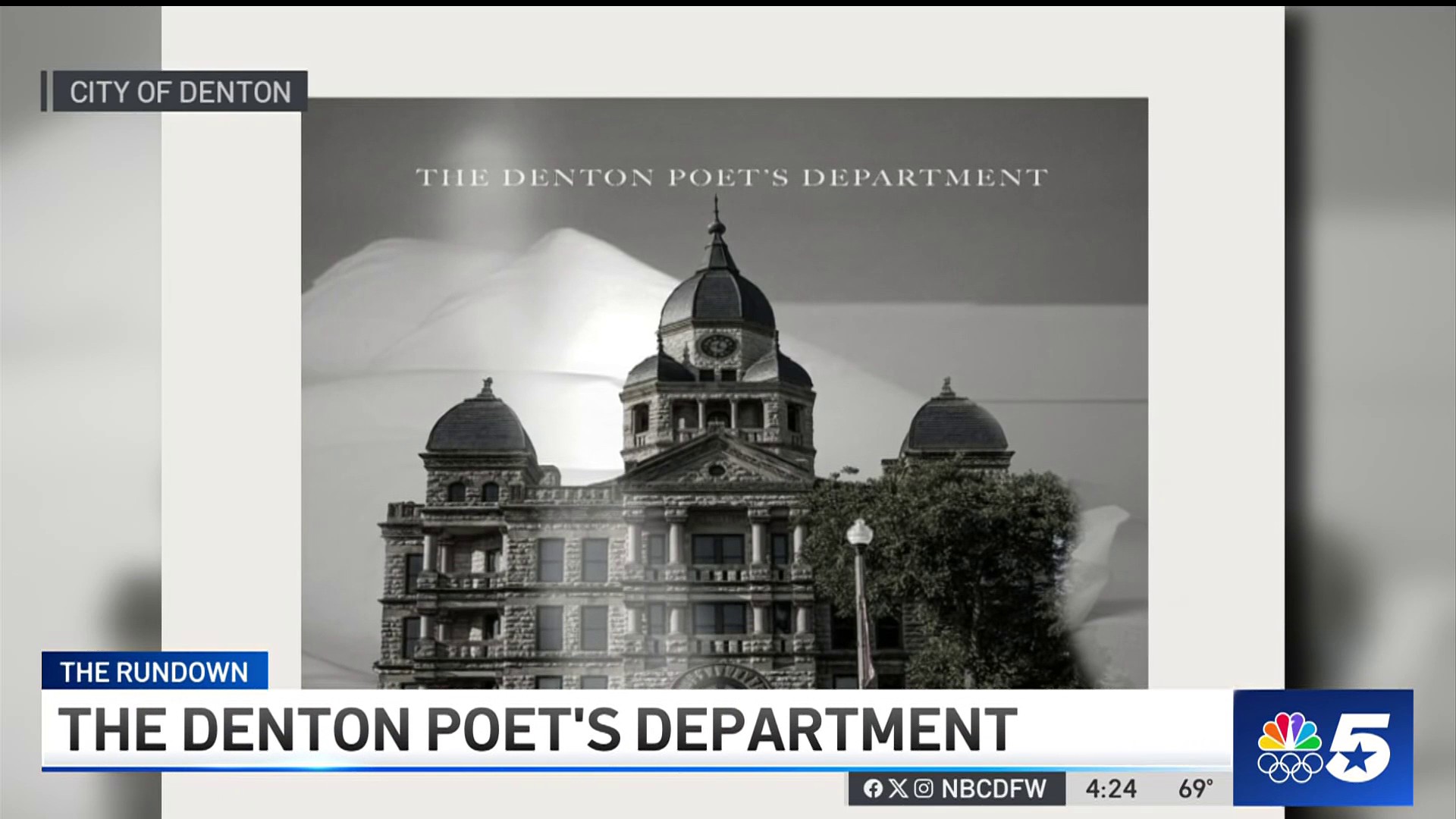Thanks to an international collaboration, visitors to Art and Nature in the Middle Ages, a new exhibition at the Dallas Museum of Art, have an opportunity to explore a remarkable collection of medieval art rarely seen in the United States.
The exhibition, organized by the Musée de Cluny, musée national du Moyen Âge, Paris, traces the significance of nature in medieval art and life.
"Art and Nature in the Middle of Ages is truly a feast for the eyes," Nicole R. Myers, The Lillian and James H. Clark Curator of European Painting and Sculpture at the Dallas Museum of Art, said.
The extensive exhibition includes a colorful array of tapestries, jewelry, stained glass windows, ceramics, architectural elements, religious items, and books depicting nature in a distinctive medieval style.
"The goal was not to imitate nature; it was not to create something illusionistic or naturalistic. Rather, there was a great desire to stylize or simplify forms in a graphic nature to focus the point of the expressive power of the particular motif they were expressing. It wasn’t meant to be a window on the world. It was really meant to be the essence of a motif or subject so that it could bring more power to those looking at it," Myers said.
Nature is a perfect subject to examine how medieval artists viewed the world.
"When we spoke about having an exhibition together, I was pleased that the topic of nature was chosen because I think it is a good way to discover the Middle Ages without some misunderstandings. There are so many misunderstandings about culture and art during the Middle Ages. But it is also a way to have both an idea of the strong impulse of creation during those times – the great imagination and the great world of magic which exists during this period – but also this careful attention to the world around. And the fact the creation is encouraged by the intellectual world of the period because it is a way to participate with the word of God. The word of God is the world of creation and the artist participates in this world by being the one to create new objects and new pieces of art," Elisabeth Taburet-Delahaye, the director of the Musée de Cluny, said.
The Scene
Artists looked to the legacy of classical forms from Ancient Greece and Rome, but during the Romanesque period, they moved away from them to create striking motifs with specific symbolic meanings.
Medieval artists were also absorbing influences from Germanic tribes and Islamic art. Included in this collection are two pieces from the DMA’s Keir Collection of Islamic Art to demonstrate Islamic influence on European artists and craftsmen.
"It gives us a good moment to think about the great innovation of medieval artists, that they were taking these sources of inspiration from the past, but also from outside Europe to suit their purposes," Myers said.
Religious art was at the center of medieval world and animals were given symbolic weight to communicate religious themes and attributes. Artists drew upon bestiaries, catalogues of the attributes of real and mythical animals, to give moral significance to their work.
Medieval bestiaries further elaborated on classical bestiary’s moral lessons and added more religious themes. Unicorns are described as vicious wild animals who can only be tamed by a maiden in classical bestiaries.
In medieval bestiaries, the unicorn signifies Christ and its small size represents Christ’s humility in becoming human. A variety of unicorns are featured throughout the exhibition. Because many animals had multiple symbolic identities, the exhibition explains the symbolism of animals in the context of how they are displayed in the artwork.
Plants also had specific meanings and plant motifs gradually became more detailed and naturalistic during the Middle Ages. Ivy represented eternity and was often found in cathedrals. More naturalistic elements were soon found in tapestries in the homes of the wealthy and these tapestries often illustrated how humanity was connected to nature.
By the first half of the 15th century, a coherent geometric perspective system was being developed in Italy and artisans embraced a revived interest in naturalism.
From liturgical objects to household items, Art and Nature in the Middle Ages proves the significance the natural world had on everyday life during the Middle Ages.
Art and Nature in the Middle Ages, presented by Texas Instruments, is on view through March 19. Special exhibition tickets are $16 with discounts for students, military personnel and seniors; DMA members and children 11 and under are free. For more information, visit www.dma.org.
Kimberly Richard is a North Texan with a passion for the arts. She’s worked with Theatre Three, Inc. and interned for the English National Opera and Royal Shakespeare Company. She graduated from Austin College and currently lives in Garland with her very pampered cocker spaniel, Tessa.



